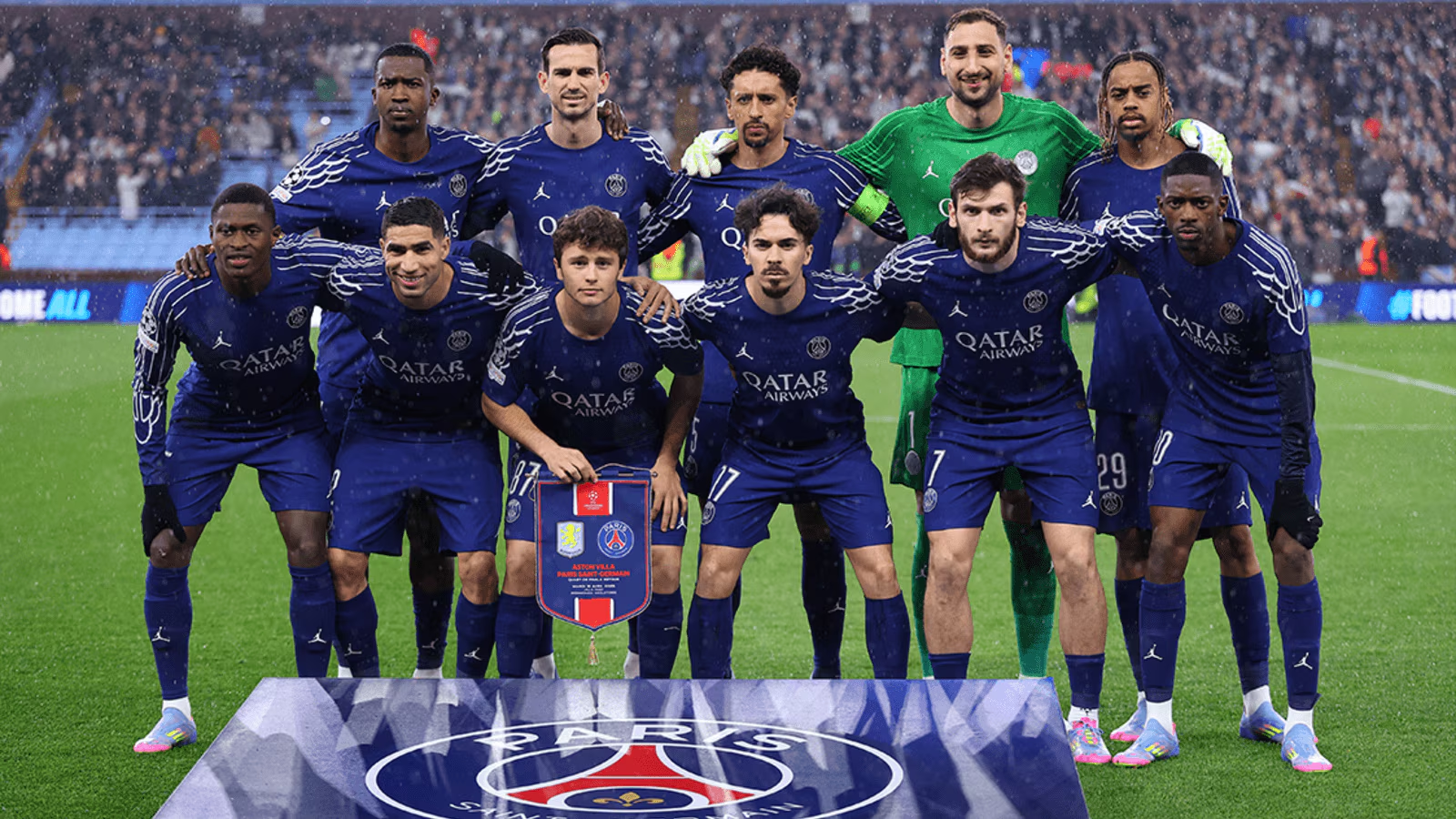Paris Saint-Germain has long been known for headline signings, global brand ambitions, and financial firepower. But behind the glitter, the club’s latest financial report reveals a complex story of aggressive cost management, record-breaking player sales, and a still-persistent struggle for profitability.
Losses Shrink—but Still Loom Large
The French giants reduced their pre-tax losses significantly this past season, cutting them nearly in half compared to the previous year. Yet, at over €50 million in the red before taxes, PSG still posted the largest deficit among all French clubs. What’s behind this?
Record-Breaking Transfer Profits
A staggering €181 million in player trading income was the real game-changer—quadrupling the figure from the prior season and marking a new high in the club’s history. Transfers to Saudi and Qatari clubs, including Neymar’s high-profile exit, led the charge. These deals have raised questions in financial circles, given PSG’s ownership links to Qatari interests, but the club maintains all transactions reflect genuine market valuations.
Revenues Hit a Plateau, Costs Climb Higher
PSG managed to achieve its highest-ever revenue, just edging past the previous year. Yet, it wasn’t enough to offset rising operational costs, which crossed the €1 billion mark for the first time. Most notably, wage expenses increased—even after Messi and Neymar’s exits—pushing questions about the sustainability of PSG’s wage structure into sharper focus.
Comparing Europe’s Elite
Even with such steep losses, PSG isn’t alone. Several European powerhouses like Manchester United, Chelsea, and Juventus reported larger financial hits last season. However, clubs like Manchester City and Bayern Munich bucked the trend, delivering healthy profits while remaining competitive on the pitch—providing a potential blueprint PSG might aim to follow.
What This Means for French Football
PSG’s financial model remains unique within France, where most clubs operate with a far more conservative fiscal approach. While nine Ligue 1 teams managed to turn a profit, and several others kept their losses modest, PSG’s financial clout and transfer market activity continue to dominate domestic headlines.
Interestingly, their player trading revenue not only topped France but also all of Europe, surpassing Premier League heavyweights like Chelsea and Manchester City. In a country where transfer profits are often a lifeline, PSG’s performance has redefined the scale of what’s possible.
Takeaway: An Era of Transformation or Tension?
With rising scrutiny on financial fair play, increased pressure to succeed in Europe, and a growing gap between revenue and costs, PSG sits at a crossroads. While the club’s massive transfer profits bought them time, long-term sustainability will depend on reining in costs—or consistently monetizing talent at this extraordinary level.
If European football is entering a new economic reality, PSG may be its most fascinating case study.
SOURCE: SWISS RAMBLE
IMAGE: Getty Images


